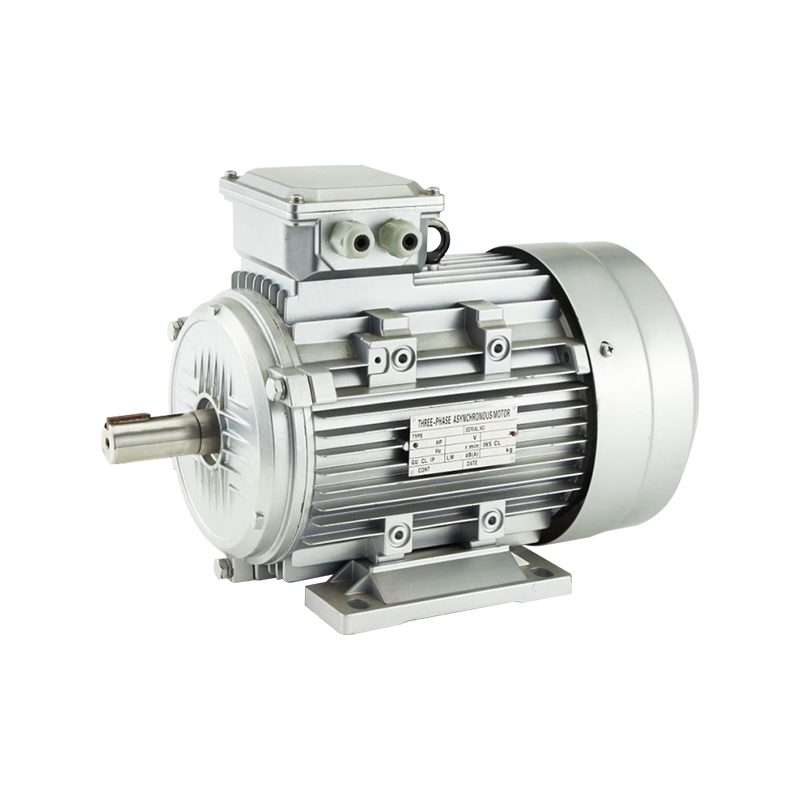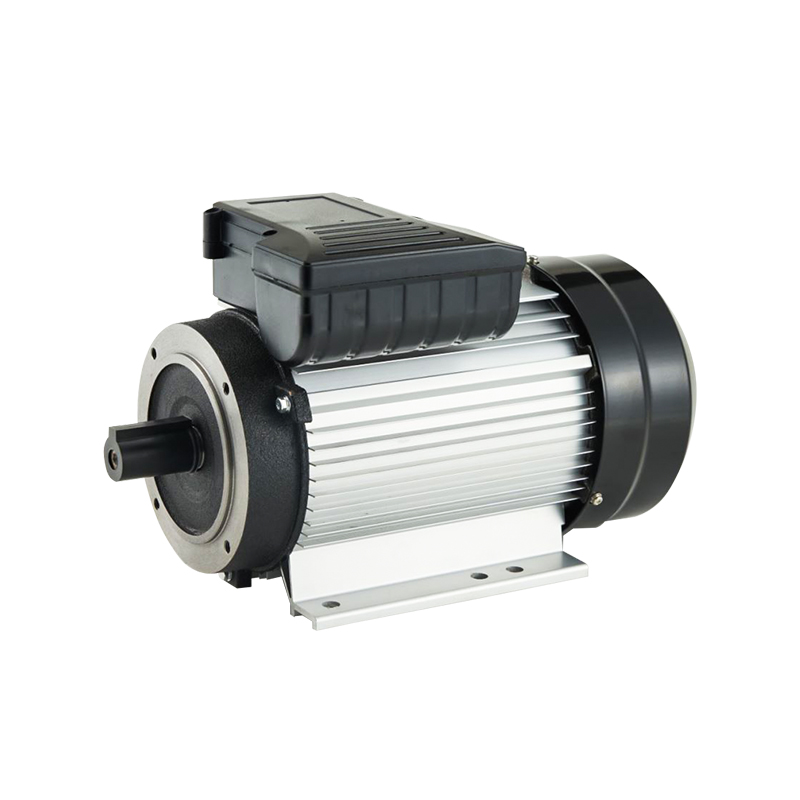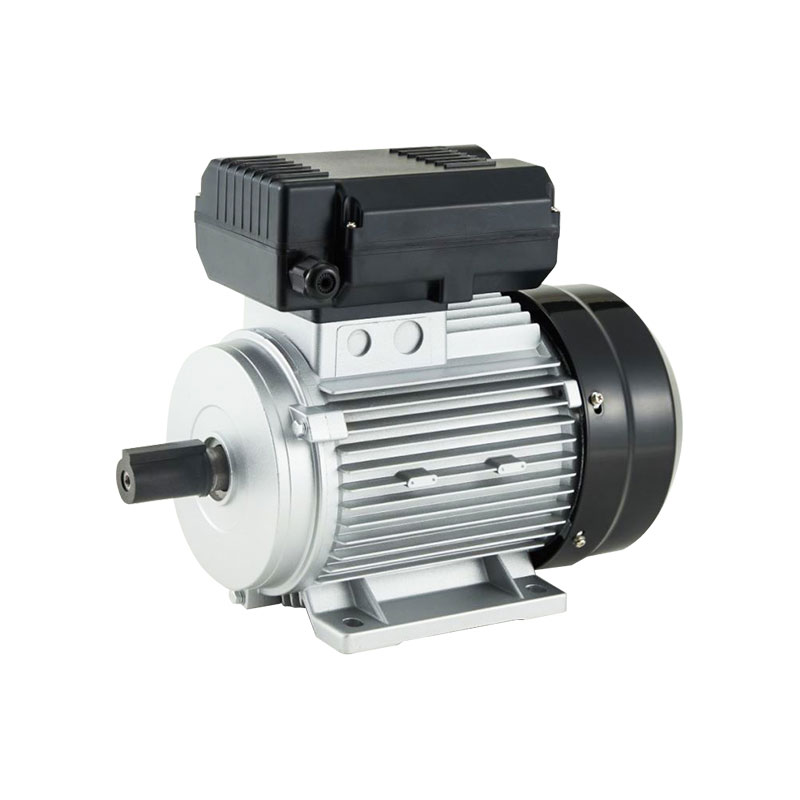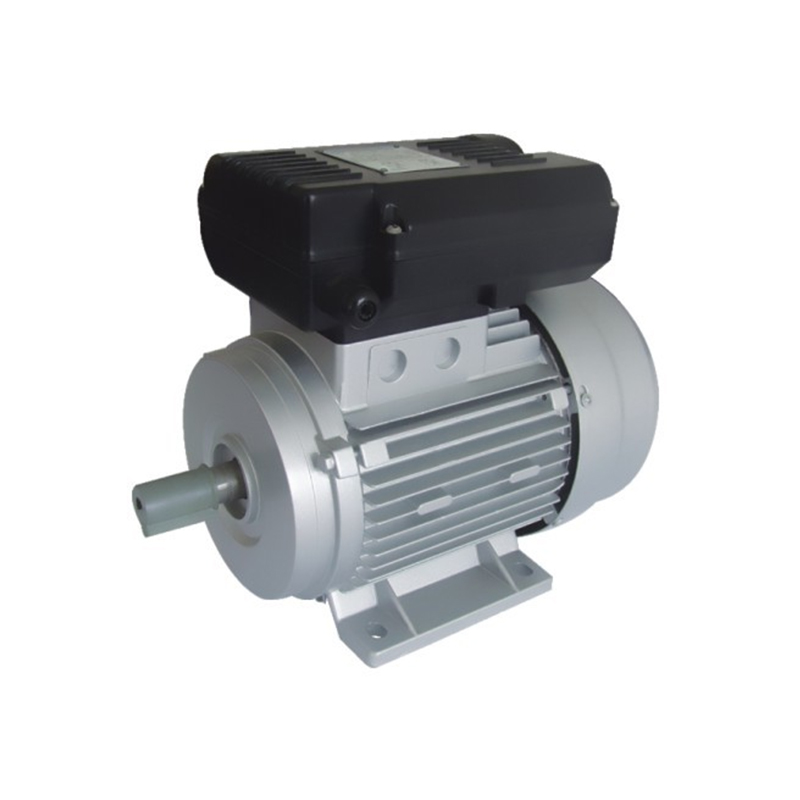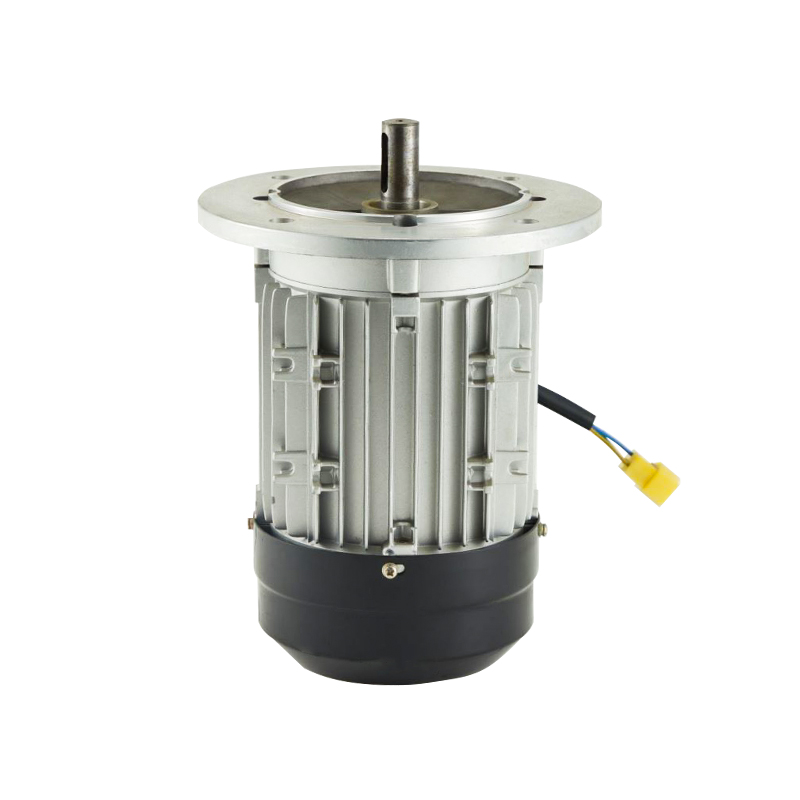Protecting motors from overload is critical to ensuring efficiency and preventing damage. Overload protection mechanisms are designed to safeguard various types of motors, including magnet synchronous motors and high voltage induction motors, from potential risks caused by excessive electrical current. This article will explore how overload protection works in these motors, the different methods employed, and the significance of such systems in maintaining motor functionality.
Understanding Overload Protection
Overload occurs when a motor draws more current than it is rated for, often due to factors such as mechanical stress, improper operation, or electrical faults. Continuous overloading can advance to overheating, insulation failure, and mechanical damage, ultimately resulting in costly repairs or motor replacement. To avoid these issues, motors are equipped with overload protection systems designed to monitor and regulate the electrical load.
Overload protection is crucial in both magnet synchronous motors and high voltage induction motors. These motors, used in various industrial applications, can be exposed to significant loads, making protection essential for operational stability and safety.
How Overload Protection Works
Overload protection systems generally monitor the current flowing into the motor. If the current exceeds the rated limit for an extended period, the protection system intervenes by disconnecting the motor from the power supply, preventing damage.
1. Thermal Overload Protection: This is one of the most common types of protection systems used in motors. Thermal overload devices measure the heat generated by the motor's current. When a magnet synchronous motor or a high voltage induction motor is running under overload conditions, the excessive current generates more heat than the motor can handle. The thermal overload relay detects the heat and, once it exceeds a certain threshold, triggers the motor to shut down. This helps prevent overheating, insulation breakdown, and component wear.
2. Electronic Overload Relays: More advanced than thermal protection, electronic overload relays are commonly used in magnet synchronous motors and high voltage induction motors. These relays measure the current electronically and compare it to preset values. When the current exceeds the specified range for a set duration, the relay activates the overload protection mechanism, disconnecting the motor from the power supply. Electronic relays offer higher precision and faster response times, making them particularly useful in high-performance motors.
3. Magnetic Overload Protection: Magnetic protection devices use electromagnetic forces to detect overload conditions. When the current surpasses the rated level, the increased magnetic field activates a trip mechanism that cuts the power to the motor. This form of protection is more commonly used in high voltage induction motors where high levels of current are typical. Magnetic protection systems respond quickly to sudden spikes in current, making them ideal for safeguarding motors in heavy-duty applications.
Overload Protection in Magnet Synchronous Motors
Magnet synchronous motors, known for their high efficiency and consistent speed, are used in applications where precise motor control is necessary. Overload protection in these motors is vital due to their sensitivity to changes in load conditions. When the motor experiences an overload, it can lose synchronism with the supply frequency, and pilot to erratic operation or failure. To mitigate this, magnet synchronous motors often incorporate electronic overload relays that provide real-time monitoring of current and voltage levels.
In addition, thermal overload protection is frequently employed to safeguard the permanent magnets within the motor from damage caused by excessive heat. Protecting the magnets is crucial, as their failure can compromise the motor's overall functionality.
Overload Protection in High Voltage Induction Motors
High voltage induction motors are widely used in heavy industrial applications such as pumps, compressors, and conveyors. Due to their high power output, these motors can be subjected to substantial electrical and mechanical loads, making robust overload protection systems essential.
Magnetic and thermal overload relays are common in high voltage induction motors. Magnetic overload protection is particularly effective in these motors, as it reacts rapidly to sudden spikes in current, preventing severe damage. Thermal overload protection ensures that the motor does not overheat during prolonged periods of excessive current. In more advanced applications, electronic overload relays can be used to fine-tune the protection system for the motor's specific operating conditions.
Importance of Regular Maintenance
While overload protection systems are designed to prevent damage, they cannot function well without proper maintenance. Regular inspections of the overload protection devices, along with routine motor maintenance, ensure that the systems remain responsive and accurate. For both magnet synchronous motors and high voltage induction motors, this maintenance includes checking for wear and tear in the relays, verifying the accuracy of electronic sensors, and testing the trip mechanisms to ensure proper functionality.
Overload protection plays a critical role in maintaining the reliability and longevity of both magnet synchronous motors and high voltage induction motors. By continuously monitoring the electrical current and disconnecting the motor when necessary, overload protection systems help prevent damage due to overheating, mechanical stress, or electrical faults. Whether through thermal, electronic, or magnetic relays, these systems are essential for the smooth operation of motors in various industrial environments. Regular maintenance and inspection further enhance the effectiveness of overload protection, ensuring that motors remain protected and operational over the long term.


